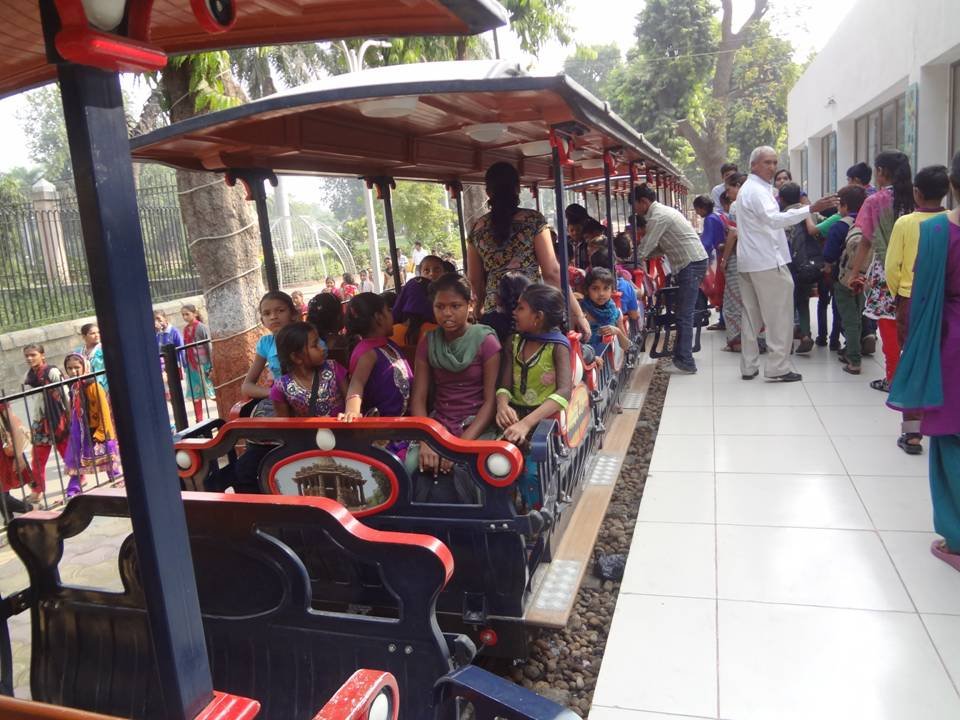Project: Supplemental Remedial Education in partnership with Sharda Mahila Vikas Society
Location: Bharuch District, Gujarat
Category: Education
This IDS-supported project in rural Gujarat aims to improve school attendance and academic performance of the tribal population of Bharuch District in the Jhagadia Block. Most of the people are landless laborers, and 75% live below the poverty line.
Children from these families need a lot of support and guidance to help them improve their performance in school. The project provides values-based education to promote integrity in character. Children in grades 1 through 7 are given both pre- and post-school activities which combine learning with fun. The parents and teachers meet often to discuss student progress. Initially, parents were not involved, but after witnessing the progress that their children have made, they became more receptive to becoming a part of the educational process. Students bring other students to school, and the visitors eventually join the program, too. Children’s school attendance has increased more than 85%, the dropout rate is zero, and academic performance has improved 90%.
So far, more than 2,400 children have been supported through the Supplemental Remedial Education program. The program has expanded to helping adolescent girls and provides them with appropriate knowledge and guidance in the following areas as they transition from childhood to adulthood:
- Nutrition (increasing iron intake to prevent anemia, which is often related to menstrual blood loss)
- Hygiene (improving personal and menstrual hygiene practices)
- Substance abuse (the hazards of addictive substances such as Gutkha)
- Sexual harassment (increasing awareness of sexual harassment and how to deal with it)
- Education (instilling an appreciation of the importance of staying in school)
SMVS implements the program in schools as well as directly in the communities where adolescent girls reside. The in-school approach teaches awareness of personal health and well-being; sessions are conducted during school for 8th, 9th, and 10th graders. The in-community approach combines education with services such as:
- Conducting blood tests for anemia
- Distributing iron and folic acid tablets
- Providing absorbent cotton cloth for menstruation
- Counseling victims of sexual abuse
- Providing personal hygiene kits
–2014 IDS annual report
IDS funds supported tutorial classes to improve the education of the tribal population of Jhagadia Block, Bharuch District, South Gujarat. Since the program’s inception, 2723 children have received tutorial class equivalencies of a first- to seventh-year standard student education. Approximately 70% of the students belong to a scheduled tribal community, and 15% belong to other backward-class communities.
After successful implementation of the current IDS project, the goal was to expand the program to ten schools in nearby villages, which would involve approximately 1000 children. The overarching goal is a quality, basic education in reading, writing, and counting. A mobile classroom equipped with various teaching and learning media will be used.
The dropout rate of students is 0%, and all those who completed their primary education at Sharda Mahila Vikas Society (SMVS) went on to pursue secondary education. A positive feature of the program is that children are able to not only focus on their studies but can also pursue extra-curricular activities.

The tribal, rural area of South Gujarat, where most tribes are landless laborers, has a male literacy rate of 60% and female literacy rate of 40%. Seventy-five percent of the tribes fall below the poverty line. Children from these communities demonstrate educational potential provided they receive the opportunity to attend school. With proper guidance and support, children from such communities can be given the chance to escape from their level of poverty and experience brighter futures.
–2013 IDS annual report

